|
Experiential learning resources for the innovative educator
What is experiential learning in the classroom, and what does an experiential learning classroom look like? Experiential learning can take place anywhere, including a classroom, and there are particular ways to make experiential learning in a classroom or homeschool learning environment more conducive than others.
For example, experiential learning doesn't include a lot of direct instruction, so having chairs arranged toward the front of the room where a teacher might lecture wouldn't be effective or catering to what experiential learners need.
I worked at a high school with an experiential philosophy for ten years. The school as a whole and my classroom evolved greatly over the years from trial and error. Much of that evolution came from what we were seeing and hearing from the students. We observed their needs and gathered their input, which ultimately led to school and classroom learning environments that supported experiential learning. In this post I will go over what my learning space looked like. That learning space was designed with the characteristics of experiential learning in mind as well as guidance from the students themselves. Your school/classroom does not have to look exactly like mine. Describing my learning environment is simply to inspire ideas for your own learning space. I encourage you to grab some Post It Notes or a notebook to write down ideas as you read. Take the foundation, the elements of experiential learning, and develop a classroom that works for you and your students. Put those design elements into place as soon as you can, try them out, and if they don't work try something else or modify the original plan a bit. Begin the evolution of your own incredible experiential learning classroom today and watch it change and grow. How to Set Up an Experiential Learning Classroom or Homeschool Room
The following is a list of elements to help guide you in designing your experiential learning space. Support experiential learning in your classroom by promoting...
1. Collaboration Active community collaboration and collaboration with other students in the classroom and school is an important piece of experiential learning, so creating a learning environment that offers space and freedom to effectively collaborate is helpful.
2. Effective Communication Because experiential learning is real-world, the experiences are not limited to the classroom (figuratively or literally). My students do a lot of self-directed project-based learning, and that entails connecting with community experts. I have a variety of supplies and systems in place to make this part of the learning process easier for everyone.
3. School Community Community within the school builds the foundation for experiential learning. The school community is a learning resource for students. Helping students get used to a more collaborative, active, place-based learning experience starts with the school community and culture that is built together. Community building is essential from the start.
4. Personalization All students work differently. Some students are more productive when they work collaboratively, while others need a quiet, calming space to focus. Some students love to listen to podcasts to gather information for a project, while another might prefer reading, and another interviewing. We try to get students doing all of these things in time, but each student is unique with specific needs, interests, strengths, challenges, etc. Personal learning is an essential characteristic of experiential learning, so creating a classroom learning environment that is conducive for personalized learning is absolutely essential.
5. Self-Direction Experiential learning is self-directed. Students design and lead their own learning experiences that are based around who they are as individuals (personalized experiences). Set up your room in a way that makes self-directed learning smooth and organized to prevent confusion and overwhelm for everyone.
6. Real-World
Real-world connections is the essence of experiential learning, in my opinion. It all boils down to making learning relevant and meaningful for the kids, and that means connecting learning experiences with real-life. But how can your learning environment support real-world learning, especially for those of you that do not have the flexibility of getting beyond the walls of your classroom? Make the world accessible.
7. Innovation Design your workspace and have supplies that encourage innovation. One of my favorite parts of self-directed project-based learning is how students demonstrate learning. They are required to produce an innovative final product to showcase learning vs. taking a test or quiz. They then add learning outcomes to their own personal learning portfolios to showcase learning.
I have seen students create the most amazing, innovative final products in my 10 years in experiential education. It is fascinating to watch and be a part of. But it is important to have an experiential classroom that encourages innovation.
As I've already said, these are just ideas. You will get to know your students, learn about their interests and needs, discover and work around limitations, and those things will guide you in the process of developing the best experiential learning classroom for YOU and your STUDENTS.
Reach out anytime for guidance or questions! And check out my free experiential learning poster for classroom decor. Put it up on your wall to remind your students of what experiential learning really means.
For more experiential learning tips, tricks, updates, resource alerts, and freebies, follow Experiential Learning Depot on TPT, Instagram, Pinterest, and Facebook.
For support, join our Facebook community - Experiential Learning Community for K12 Teachers. Observe. Question. Explore. Share.
0 Comments
Your comment will be posted after it is approved.
Leave a Reply. |
Blog IntentTo provide innovative educational resources for educators, parents, and students, that go beyond lecture and worksheets. AuthorSara Segar, experiential life-science educator and advisor, curriculum writer, and mother of two. Categories
All
|
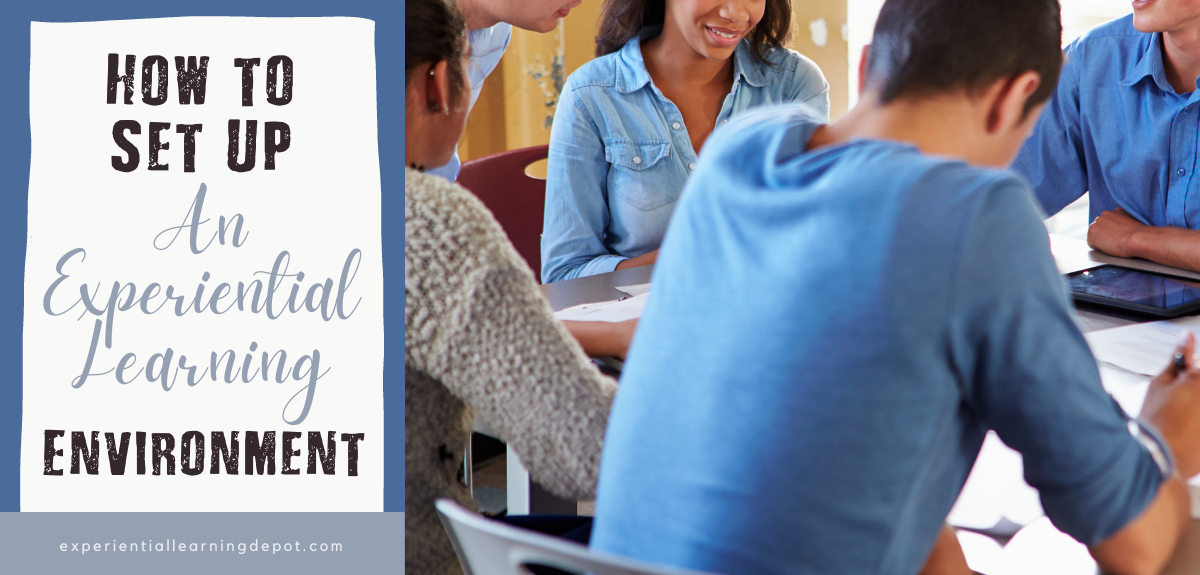
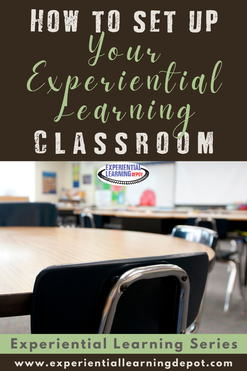
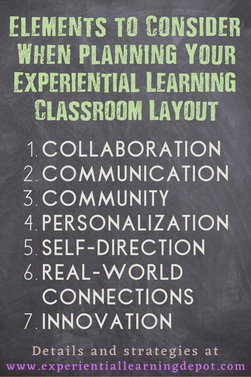
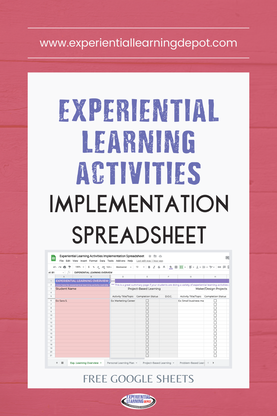
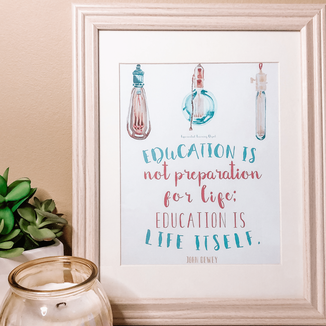


 RSS Feed
RSS Feed